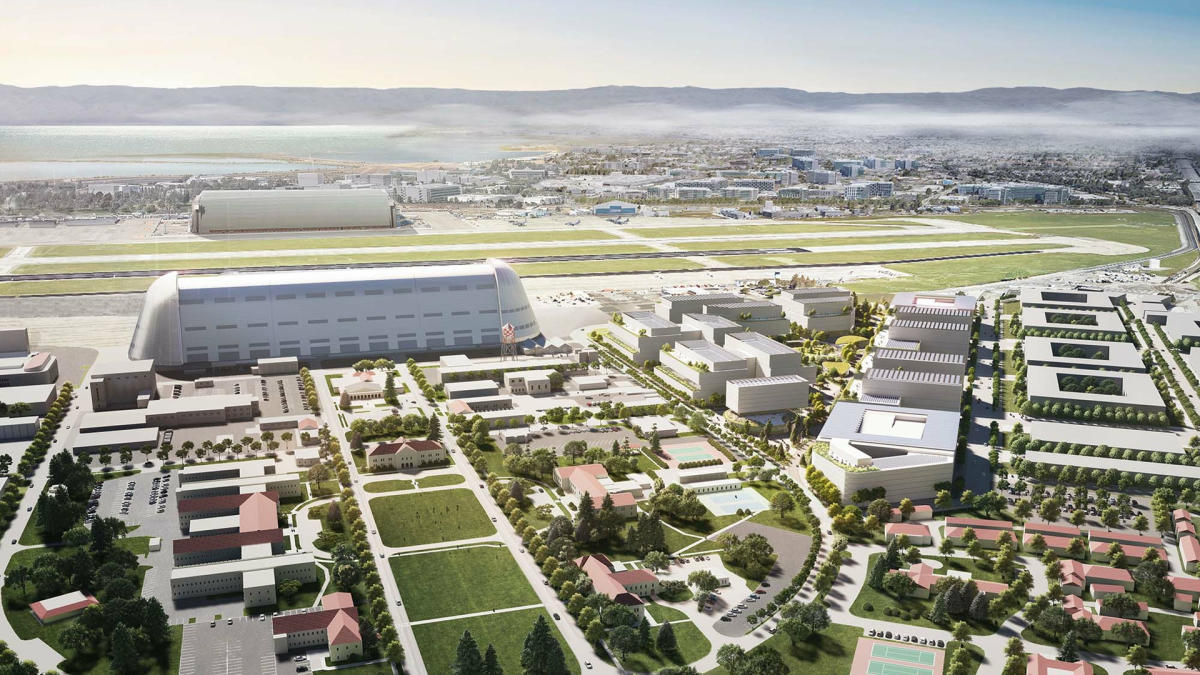The University of California, Berkeley, and NASA’s Ames Research Center have unveiled plans for a groundbreaking $2 billion space center in Silicon Valley.
The collaboration, known as the Berkeley Space Center, has been in development for over two decades. It aims to serve as a hub for training the next generation of space professionals, including engineers, explorers, and business leaders in the private space industry.
“NASA’s mission is two-fold: to inspire the next generation of explorers and to share our technologies and research for the public’s benefit,” said NASA Ames Director Eugene Tu in a statement from UC Berkeley. “Collaborating with university researchers aligns perfectly with that mission.”
Related: Facts about Ames Research Center: R&D lab for NASA
If the environmental review goes smoothly, construction could start as early as 2026. The University of California plans to occupy approximately 10% of the new center’s estimated 1.4 million square feet (130,000 square meters) of office space and research facilities.
Dan Kingsley from SKS Partners, the commercial real estate developer involved, stated that a diverse range of private industry players are interested in leasing the remaining facilities, according to Space News.
The vision is for the Berkeley Space Center to become a hub for advancements in various fields, from space robotics and planetary science to automated aviation.
“Our goal is to create an ecosystem where Berkeley’s talent can collaborate with the private sector and co-locate their research and development teams,” said Alexandre Bayen, a professor at UC Berkeley. “Being close to NASA’s talent and technology in the heart of Silicon Valley, we hope to foster future partnerships.”
In addition to research endeavors, the UC Berkeley-NASA collaboration aims to expand the aerospace workforce and strengthen ties between academia and NASA.
RELATED STORIES:
— How artificial intelligence is helping us explore the solar system
— NASA hopes humanoid robots can help us explore the moon and Mars
— Machine learning spots 8 potential technosignatures
“We believe that Berkeley’s research and capabilities could significantly enhance the work being done at Ames,” said Tu. “We also hope to have more students and potential partnerships with faculty in the future, as we will be in close proximity.”
The Berkeley Space Center will also provide opportunities for industry professionals to upskill in new technologies such as machine learning and data science.
“We aim to form industry consortia that support research clusters focused on key objectives, including future aviation, extreme environment resilience, space bioprocess engineering, remote sensing, and data science and computing,” added Bayen.


